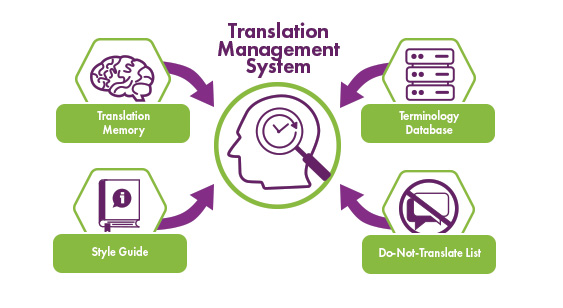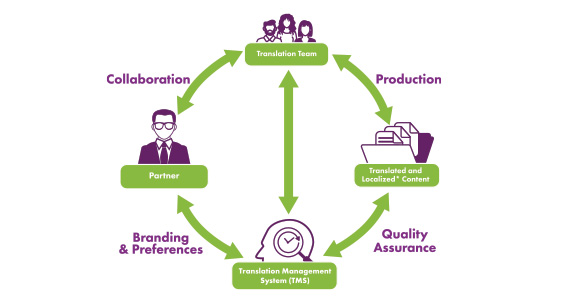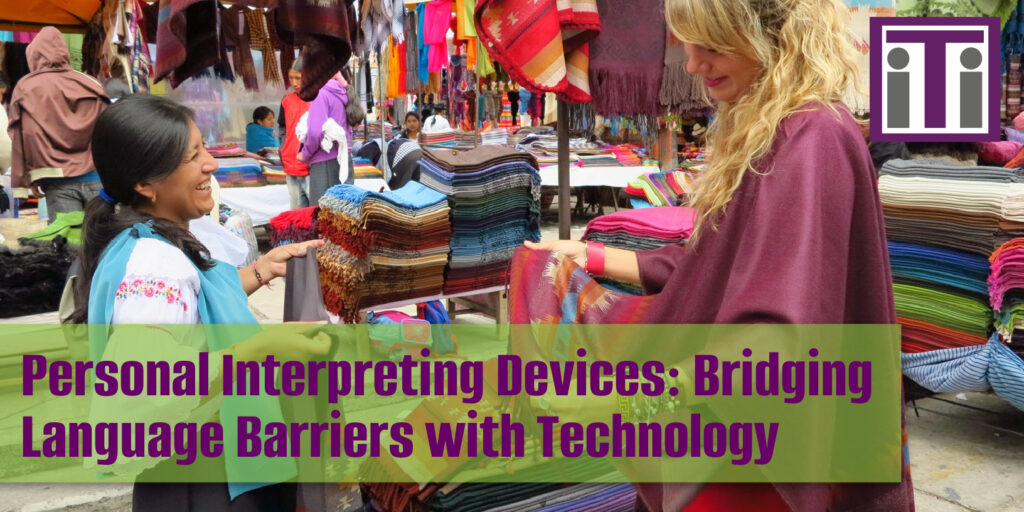What is a Terminology Management System?
Reading Time: ~3 mins

In the relationship between a client and a language services company, maintaining consistent terminology across languages is crucial. Enter the Terminology Management System (TMS) – a game-changer for businesses aiming to streamline their language services and maintain the tone and message of their brand for all translations.
Why You Need a Terminology Management System
A Terminology Management System is a specialized process designed to manage and standardize terms across various languages and documents. This system ensures that your brand’s message remains clear and consistent, no matter the language.
Benefits of Using a Terminology Management System
Implementing a Terminology Management System offers numerous benefits:
- Consistent Terminology: Ensures uniformity in all communications.
- Improved Efficiency: Reduces time spent on translations by reusing existing terms.
- Enhanced Quality: Minimizes errors and misunderstandings in translations.
- Cost Savings: Cuts down on translation costs by avoiding redundant work.
Key Features of a Terminology Management System
- Term Base (TB): A centralized repository where all approved terms are stored.
- Translation Memory (TM): Leverage past translations to maintain consistency and save time.
- Do Not Translate List (DNT): Terms such as titles, trademarks, and proper names that should not be translated.
- Style Guide (SG): A guide of the client’s preferred writing style, ensuring brand consistency.

The Role of Terminology Management in Language Services
For language service providers like iTi, a Translation Management System is indispensable. It not only enhances the quality of translations but also boosts client satisfaction by delivering consistent and accurate content.
Here is how iTi uses our Terminology Management System during the production stages of a translation project for our clients:
-
- Source review. The Project Manager (PM) reviews the English source material to determine whether any issues need to be addressed before the translation can be performed.
- Reference material. If appropriate, the PM may ask the client to provide reference material, in order to ensure the translation team fully understands the translation objective, target audience, context, etc.
- Translation memory (TM). If previous translations have been performed for the client, the PM will retrieve the client-specific Translation Memory, which contains the client’s preferred terms, phrases, syntax, and style. Note: All of iTi’s completed translations and TMs are client-specific and stored on secure servers.
- Team assignment. The PM determines the number of translators needed to complete the request and identifies the team members that will be the best match.
- Translation, Editing, and Proofreading
- Using the client’s TM and any reference materials provided, the assigned translator or translators complete a draft of the translation. Depending on the complexity of the source material, this step often requires research.
- The editor reviews the document for accuracy and for consistency against the client’s TM, DNT, and SG.
- The proofreader checks the document for issues with formatting, spelling, grammar, or punctuation.
- Quality Assurance Check. Once the team has completed the TEP process, the PM performs a quality assurance check to ensure that all client specifications have been met, is consistent with the client’s TM, and that the final document is up to iTi’s best-in-class quality standards.

Ready to Transform Your Language Services?
Partnering with a language services provider with a robust Terminology Management System can revolutionize your approach to global communication. If you’re ready to take the next step, talk to an expert at iTi today!
| Talk to an Expert |
Interpreters and Translators, Inc. is a full-service language solutions company based in Glastonbury, Connecticut. iTi is an NMSDC-certified minority owned business.





